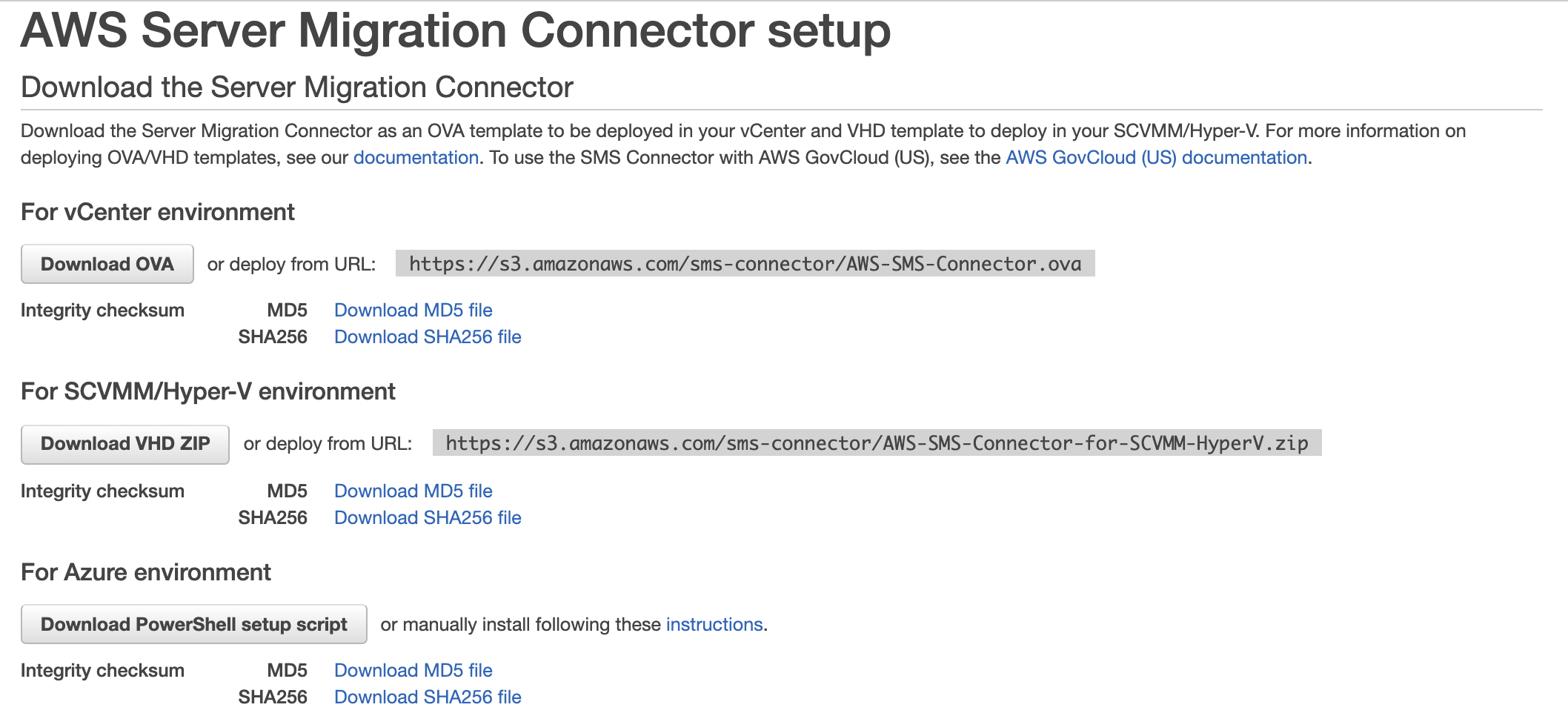AWS Server Migration Service (SMS) Limitations
Question
A large corporation has owned several on-premise servers deployed in Europe.
Recently, to save costs and add cloud servers for disaster recovery, it has a new strategy to migrate certain existing servers to AWS.
To configure AWS servers smoothly, the DevOps team plans to use AWS Server Migration Service (SMS)
Which scenario is NOT suitable to use SMS?
Answers
Explanations
Click on the arrows to vote for the correct answer
A. B. C. D.Correct Answer - A.
This question asks for the answer which is NOT suitable for AWS SMS.
Please check the documentation.
https://docs.aws.amazon.com/server-migration-service/latest/userguide/server-migration.htmlfor the valid scenarios to use AWS Server Migration Service.
Option A is CORRECT: Oracle VirtualBox is not a supported candidate for SMS.
Options B and D are incorrect: Because servers in vSphere, Microsoft Hyper-V/SCVMM, and Azure virtual machines can use Server Migration Service to replicate server VMs as AWS AMIs.
Then EC2 instances can be created using the AMIs.
The first step of migration is to set up the SMS Connector:

The AWS Server Migration Service (SMS) is a service that helps migrate on-premises servers to Amazon Elastic Compute Cloud (EC2), making it easier for customers to migrate workloads without having to perform manual replication of servers or manage the migration process themselves.
To determine which scenario is NOT suitable for using SMS, we need to understand the requirements for using the service.
SMS supports the following operating systems:
- Windows Server 2008 R2, 2012, 2012 R2, 2016, and 2019
- Red Hat Enterprise Linux (RHEL) 6.5, 6.6, 6.7, 6.8, 6.9, 7.0, 7.1, 7.2, 7.3, 7.4, and 7.5
- SUSE Linux Enterprise Server (SLES) 11 SP4, 12, and 15
- CentOS 6.5, 6.6, 6.7, 6.8, 6.9, 7.0, 7.1, 7.2, 7.3, 7.4, and 7.5
- Ubuntu 14.04, 16.04, 18.04, and 20.04
- Oracle Linux 6.5, 6.7, 6.8, 7.2, 7.3, and 7.4
- Debian 8, 9, and 10
SMS supports migrations from the following virtualization platforms:
- VMware vSphere
- Microsoft Hyper-V
- Microsoft System Center Virtual Machine Manager (SCVMM)
Based on the above requirements, we can evaluate each scenario:
A. An Ubuntu16.04 linux server running in VirtualBox. This scenario is NOT suitable for using SMS because VirtualBox is not a supported virtualization platform.
B. A Java application running in a virtual server in a vSphere Enterprise machine. This scenario is suitable for using SMS because vSphere is a supported virtualization platform and Java applications can be migrated.
C. A Windows Server 2012 running in Microsoft Hyper-V. This scenario is suitable for using SMS because Hyper-V is a supported virtualization platform and Windows Server 2012 is a supported operating system.
D. A VM running in Microsoft System Center Virtual Machine Manager. This scenario is suitable for using SMS because SCVMM is a supported virtualization platform.
Therefore, the answer is A. An Ubuntu16.04 linux server running in VirtualBox.